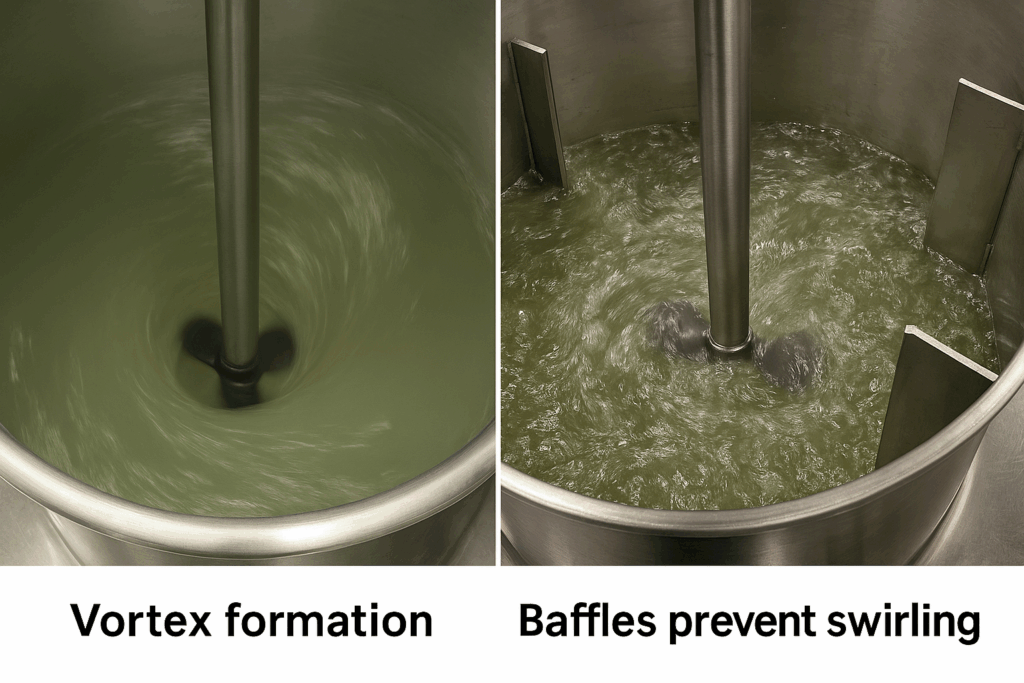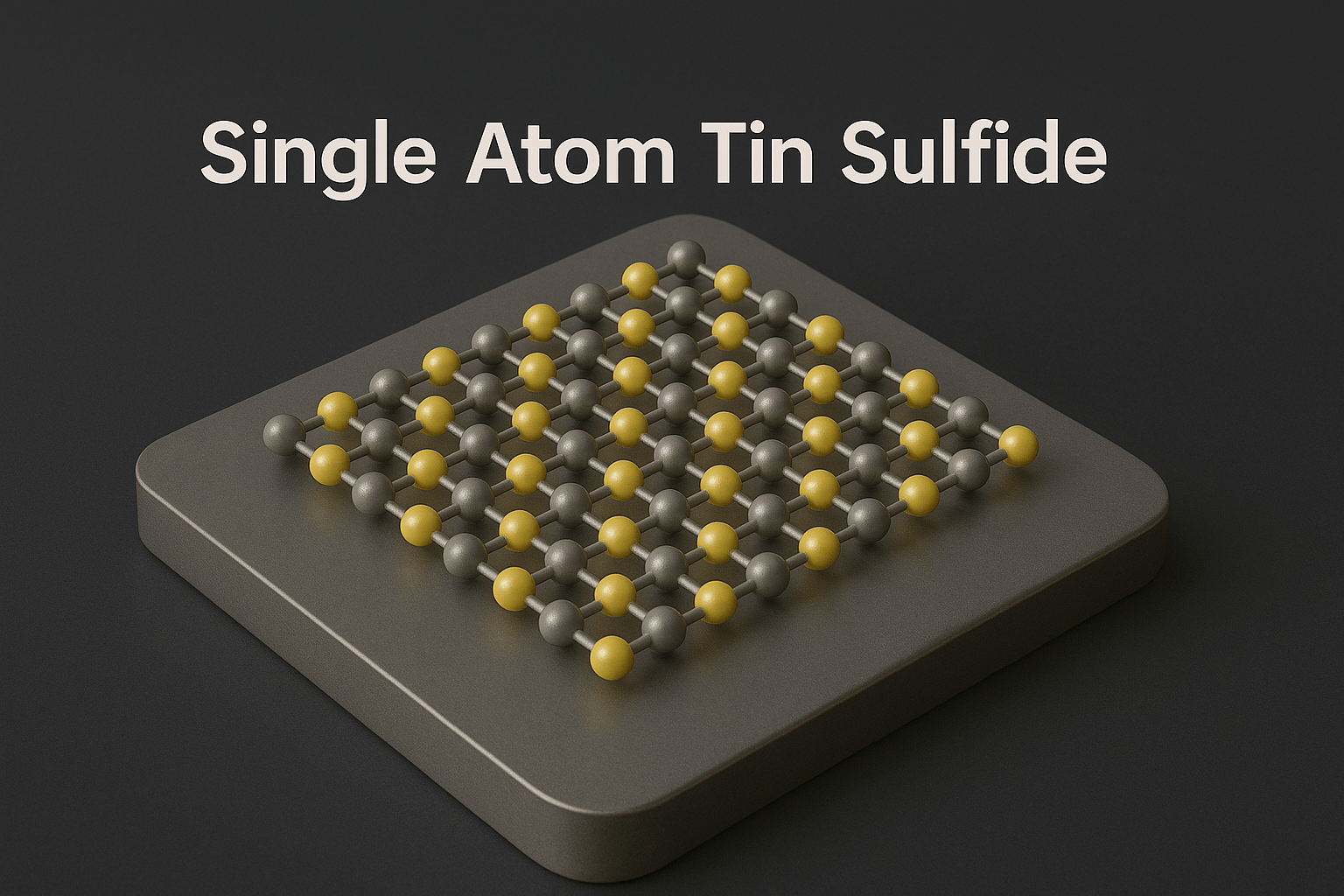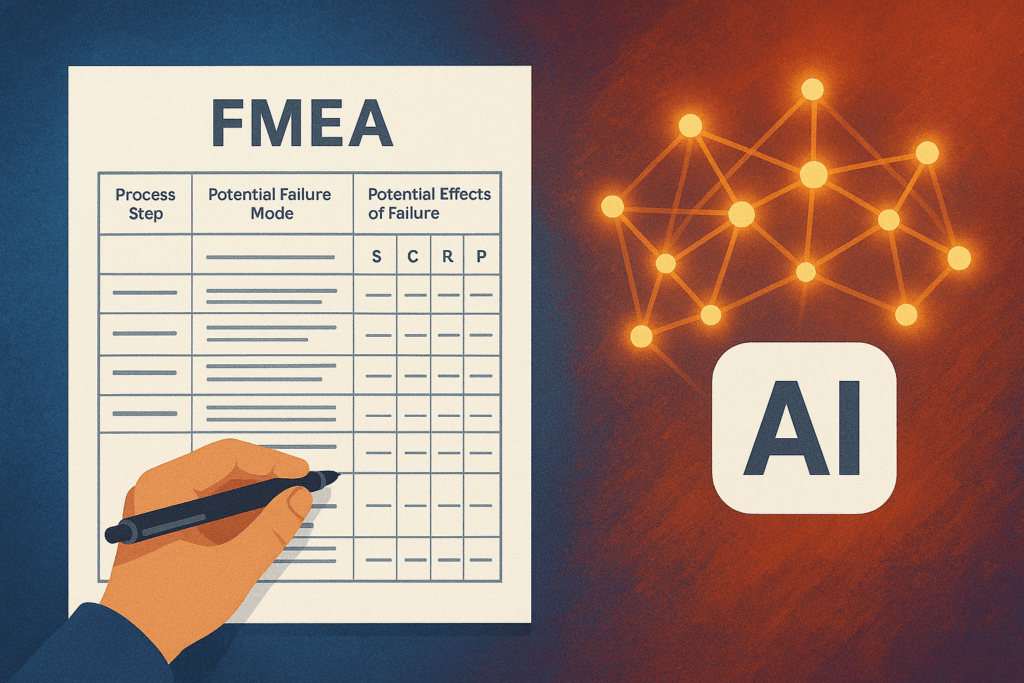Insights, Trends, and Innovations shaping the Production and Sustainability
A Guide to Chemical Mixing Scale Up! : From the Lab to the Factory
A Guide to Chemical Mixing Scale Up! : From the Lab to the Factory Understanding How Liquids Move While intense ...
🔒The New American Factory : Forged by Tariffs, Fueled by Robots, and Fought For by a New Workforce
The New American Factory : Forged by Tariffs, Fueled by Robots, and Fought For by a New Workforce Gemini Generated ...
Single Atom Thick Tin Sulfide : Big Potential from Simple Ingredients
Single Atom Thick Tin Sulfide : Big Potential from Simple Ingredients Imagine a material so thin it's only a single ...
The Definitive 2025 Guide to FMEA, Mastering Proactive Risk Management
The Definitive 2025 Guide to FMEA, Mastering Proactive Risk Management OpenAI, AI-generated image, DALL·E, https://labs.openai.com In a world of escalating ...




